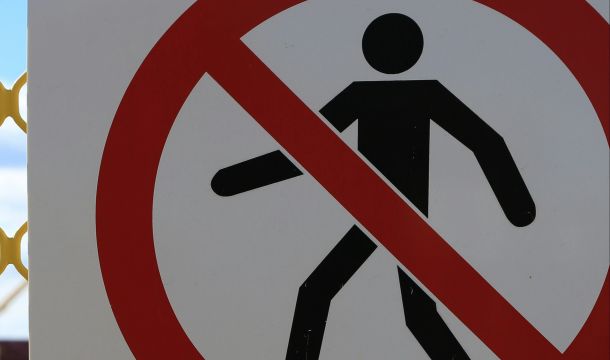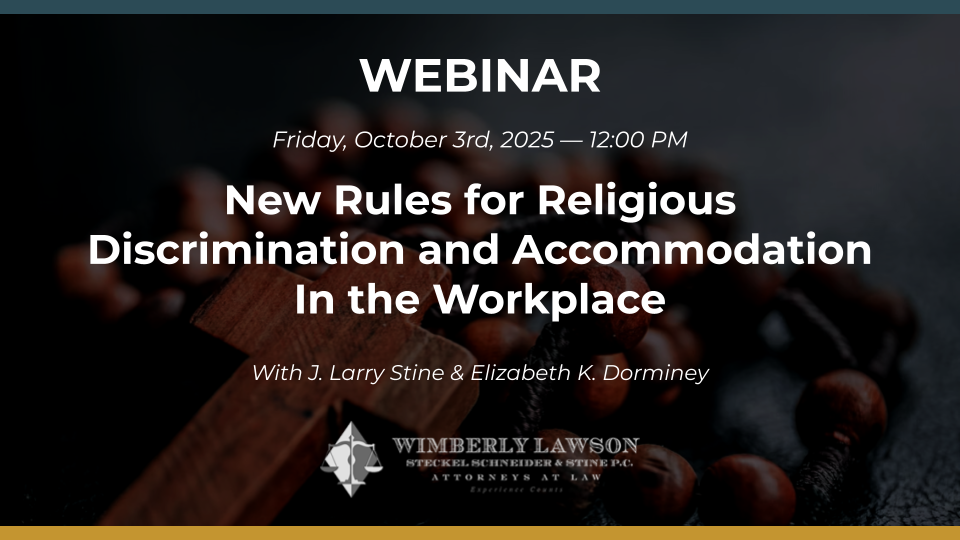WORKPLACE VIOLENCE DEVELOPMENTS SUGGEST NEW STRATEGIES
Due to some highly-publicized incidents, including terrorism, the thinking on the prevention and reaction to incidences of workplace violence is undergoing a shift. The Department of Homeland Security offers the following suggestions as the best methods to respond to an active shooter:
1. Run - Have an escape route and plan in mind, leave your belongings behind, keep your hands visible.
2. Hide - Hide in an area out of the active shooter's view, block entry to your hiding place and lock the doors.
3. Fight - The last resort and only when your life is in imminent danger, attempt to incapacitate the active shooter and act with physical aggression, throw items at the active shooter.
Earlier advice on the subject from other groups emphasize simply hiding from the active shooter. Some criticize the last option of "fighting back" because it takes skills and experience. As an example, one active shooter in Orlando attacked some 300 persons. They didn't know how to fight back.
Complications arise due to the many types of state laws on the subject of carrying weapons. The laws of some states allow employees to keep a gun in a locked car in the company parking lot, for example. Other states address such issues by requiring employers to post signage for prohibiting firearms on company property. All states, however, seem to allow an employer to prohibit guns in the facility.
An interesting federal court decision out of Mississippi illustrates the tension between individual rights and employer policies against guns in the workplace. In this case, the individual rights won. The U.S. Court of Appeals for the Fifth Circuit ruled that Mississippi’s gun law created a public policy exception to Mississippi’s employment at will statute. As a result, an aircraft production employee fired for keeping a gun in his locked car at work may sue for wrongful discharge under Mississippi law (Swindol v. Aurora Flight Scis. Corp., 5th Circ. No. 14-60779, 8/8/16).
Aurora Flight Sciences Corp. Fired Robert Swindol in 2013 for violating a company policy prohibiting guns on its property. Swindol argued that the termination infringed on a Mississippi statute that allows workers to store their firearms in a locked vehicle on company grounds. Although the lower court dismissed Swindol’s case, the Fifth Circuit Court of Appeals reversed, finding that the Mississippi firearms statute created a public policy exception to employment at will.
Prior to its decision, the Fifth Circuit asked the Mississippi Supreme Court to answer a certified question about the effect of the Mississippi Code on the traditional doctrine that employees without contracts serve at will and may be fired for any reason. The state supreme court replied that the Mississippi statute can make an employer liable for wrongful discharge if it fires an employee for having a firearm in a locked car at work. The state court indicated that the provision in question is "express legislative action" that makes terminating an employer for having a firearm inside his locked vehicle on company property "legally impermissible."
Could this type of decision occur in other jurisdictions? Georgia, for example, has enacted statutes that address legal firearms possession, including the so-called "guns everywhere" law. (For more information, see "It's Time to Prepare for 'Guns Everywhere,'" by Kathleen Jennings, Fulton Daily Report, June 26, 2014). However, while Mississippi recognized certain public policy exceptions to at will employment back in 1993, Georgia courts have been more reluctant to recognize judicial exceptions to at-will employment. Nevertheless, the Mississippi decision may empower a Georgia employee who is terminated for lawfully possession a firearm in violation of an employer's policy prohibiting all firearms on its property to seek a similar public policy exception to at-will employment in Georgia.
Some employers are reacting to these issues by creating a threat response team. The threat response team should have skills and/or experience in handling potentially dangerous situations, and have immediately available a list of emergency contact information, first-aid kits, and the like. Some local law enforcement offices have trained special units to respond to an active shooter event. This team would also be contacted and investigate all workplace violence complaints or concerns.
Some companies also conduct a security assessment at each workplace location that covers whether the public has easy access to the site and whether certain physical changes or engineering and administrative controls could be implemented to reduce worker vulnerability to an active shooter or workplace violence event.
Related Content
Get Email Updates
Recent Content

New Rules for Religious Discrimination and Accommodation In the Workplace

TPS Update (as of 9/3/2025)

DOL To Shut Down OFCCP and Transfer Duties to EEOC

Meaning of Supreme Court Ruling Limiting Nationwide Injunctions in Birthright Case

In Spite of Adminstration Changes, Monitoring of the Workplace Continues to Create Legal Issues

